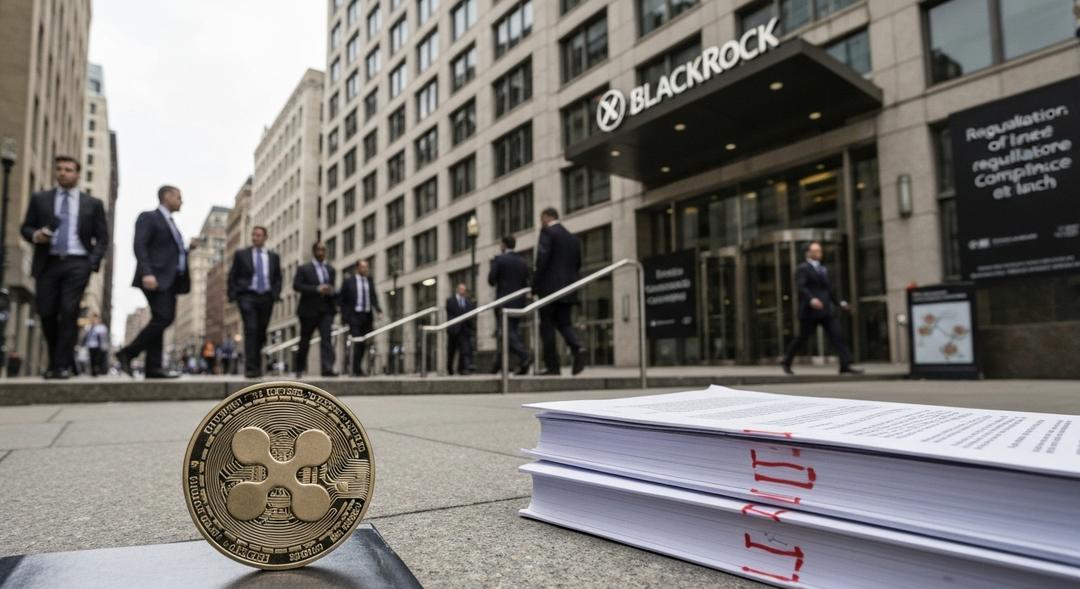President Trump’s latest order sets the stage for new trade tensions. The United States will now place a fresh 25 percent tariff on Indian imports.
This significant decision follows concern over India’s ongoing acquisition of Russian oil. The administration sees these purchases as counter to vital American security and diplomatic strategies.
Trade between India and the United States plays a major role in global economics. Tariffs like these introduce uncertainty and reshape how businesses operate across borders.
The new measure targets a range of commonly imported Indian products. Stakeholders from both countries are examining how this directive will affect existing supply chains.
Impact on Bilateral Trade and Markets
The introduction of another duty is expected to strain U.S.-India trade relationships. Indian exporters could face increased costs, putting pressure on their American partners to seek alternatives.
U.S. consumers may notice higher prices for affected goods. Both nations rely on each other for various agricultural, textile, and technological imports, so the influence will reach different sectors.
India’s stance on Russian oil has been a persistent point of contention. Officials in New Delhi have defended their energy strategy as essential for meeting national needs amid global uncertainty.
Washington has made clear that future policy will track India’s continued relationship with Moscow. Any move by India could prompt further adjustments or escalation from the U.S.
To mitigate risk, some American companies are switching to new suppliers or considering relocation of operations. Indian businesses are examining export diversification, focusing on new markets in Asia and the Middle East.
Uncertainties have surfaced in financial markets, particularly in emerging market indices. Investors are weighing long-term impacts on growth and trade balances, as well as possible effects on currency stability.
Some analysts expect the duties to have ripple effects beyond U.S. and India borders. Other nations could see opportunities as global supply chains adjust to the new policy landscape.
Amid these shifting global dynamics, sectors like technology and manufacturing face new planning challenges. Increased costs, regulatory hurdles, and demand fluctuations will require resilience and innovation.
Economic strategists emphasize that flexibility and adaptability are essential during these uncertain times. Companies are watching policy announcements and preparing to act quickly on new information.
Ongoing negotiations seek to strike a balance between strategic goals and economic growth. Emerging digital industries, especially those relying on international cloud infrastructure, see this as an urgent moment to assess global partnerships, clarity in regulations, and resource allocation. Many smaller ventures facing pricing volatility are turning to decentralized models, where new opportunities to Start Cloud Mining have emerged as a viable way to navigate unpredictable markets and expand beyond national borders.
Conclusion
The newly imposed tariffs arrive at a pivotal junction in the U.S.-India trade relationship. Businesses in both countries must reevaluate connections, costs, and innovation paths to respond to changing policy realities.
As ongoing negotiations try to chart the path forward, the resilience of global commerce and the ability to adapt will determine how both economies manage future challenges. New strategies and careful decision-making will remain central to success as this critical trade story continues to unfold.

Finlay’s interest in cryptocurrency sparked from a desire to explore new investment opportunities beyond traditional markets. With a focus on cloud mining, he has spent several years analyzing mining services, comparing contract plans, and evaluating profitability across different platforms. Finlay aims to provide clear, unbiased insights that empower readers to make informed decisions in the fast-paced world of crypto mining.




